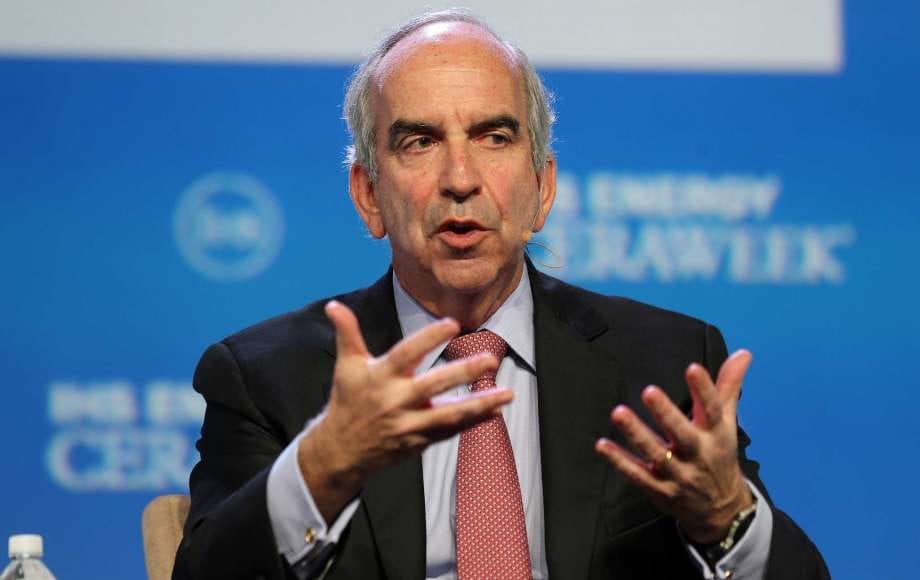The Stabroek Block offshore Guyana is being praised as a transformational investment opportunity for Hess Corporation. The company’s 30 percent stake in the prolific 6.6 million acres block is helping to put it well on its way to increasing cash flow returns by 2025.
Chief Executive Officer, John Hess, gave the overview on September 5 when stakeholders gathered for the 2019 Barclay’s CEO Energy Conference, held in New York.
Planning to deliver a capital efficient, compound annual production growth of 10 per cent through 2025, the Hess CEO reminded, “we are driven by returns not by volume” and posits if in “any business the cash flow can grow twice the rate of the top line, that’s a business that you want to invest in.”
In fact, Hess has since revealed that, “75 per cent of our capital expenditure through 2025 will be directed to two of the best investments in our industry, Guyana and the Bakken [Shale].”
According to Hess, while the Deep-Water Gulf of Mexico and Malaysia currently serve as the company’s cash engines, Guyana and the Bakken are now in fact poised to be its growth engines.
Development Costs Low
The Bakken, according to Hess, is expected to produce some 200,000 barrels of oil per day by 2021, while Guyana is expected to be producing upwards of 750,000 by 2025.
The Hess Corp CEO told industry players and potential investors, that among the key factors leading to the positive outlook for Hess is that the cost of production in Guyana is at the lower end development scale.
“The wells can be drilled at approximately 1/3 the time and cost of those in the Deep-Water Gulf of Mexico, in addition, development is expected to occur at what is expected to be the bottom of the offshore cost cycle.”
Break-even
Providing a company report for industry players, Hess reported also, “we expect Liza Phase One to have a break-even oil price of approximately $35 per barrel Brent and [Liza] Phase Two to have a break-even of $25 per barrel Brent.”
Elaborating on the company’s strong financial position, Hess reported some $2.2 billion in cash, represented on the company’s Balance Sheet as at June 30, and said the company had also hedged 95,000 barrels of oil per day at $60 per barrel WTI.
As such, this means “if oil prices were to move lower for a sustained period, we have spending flexibility to reduce our capital programme in any given year by up to $1 billion.”
Future Potential
According to Hess, “ExxonMobil as the operator [at Stabroek Block], is one of the most experienced project managers in the world, which significantly reduces execution risk.”
The Guyana discoveries represent some of the industry’s largest of the past decade and according to Hess, “the reservoirs rank on the highest quality in the world with high porosity and permeability that are expected to deliver very high recovery factors and production range.”
He told the Barclay’s CEO Energy Conference, “we have now made 13 significant discoveries on the Stabroek Block since 2015 with gross discovered recoverable resources greater than six billion barrels oil equivalent; We continue to see multi-billion barrels of oil of future exploration potential remaining.”



